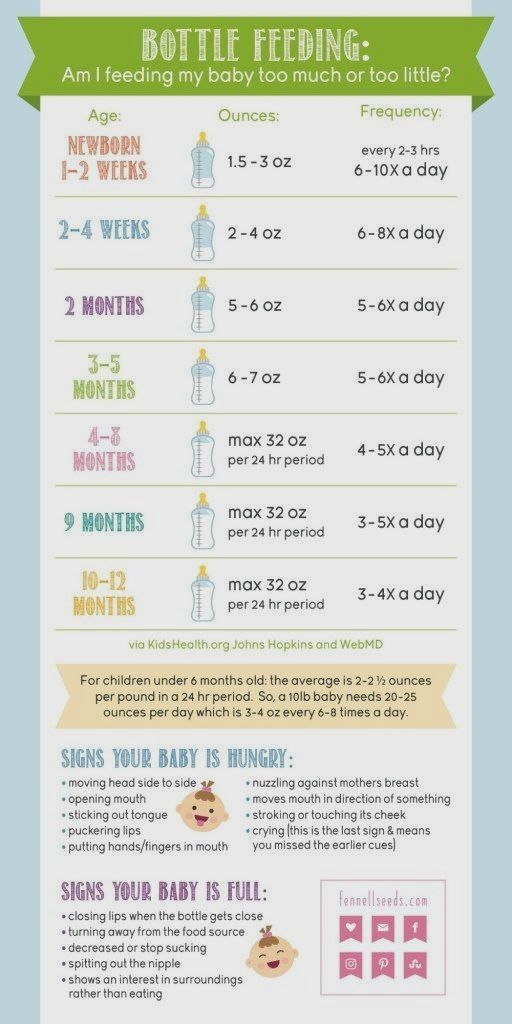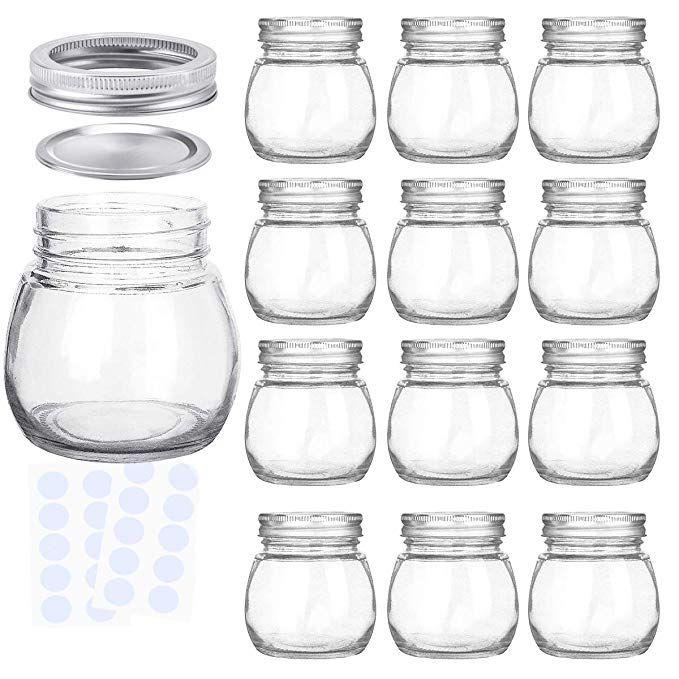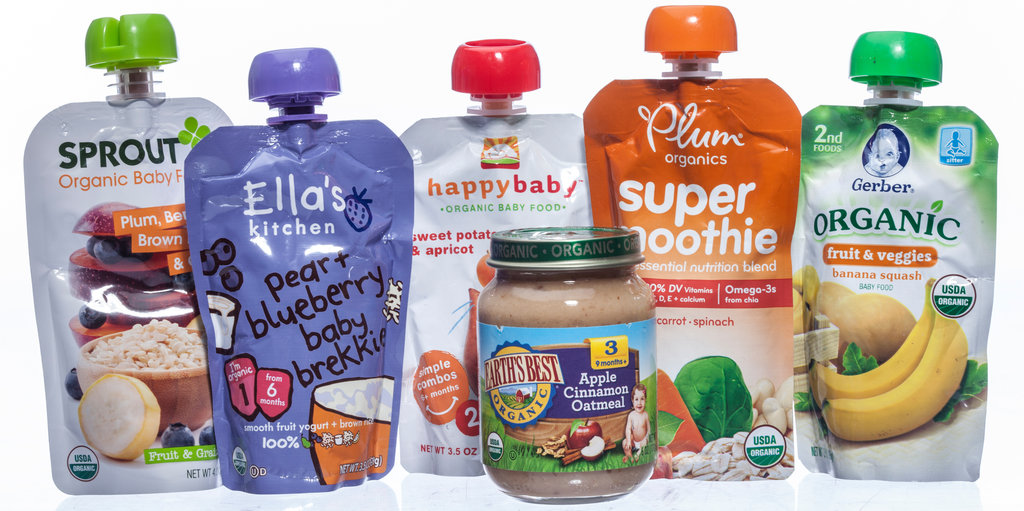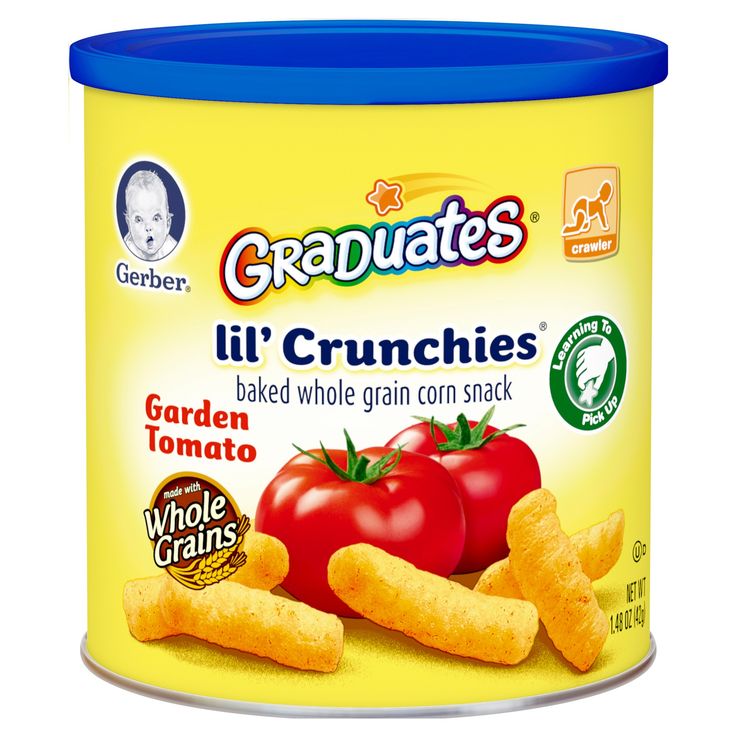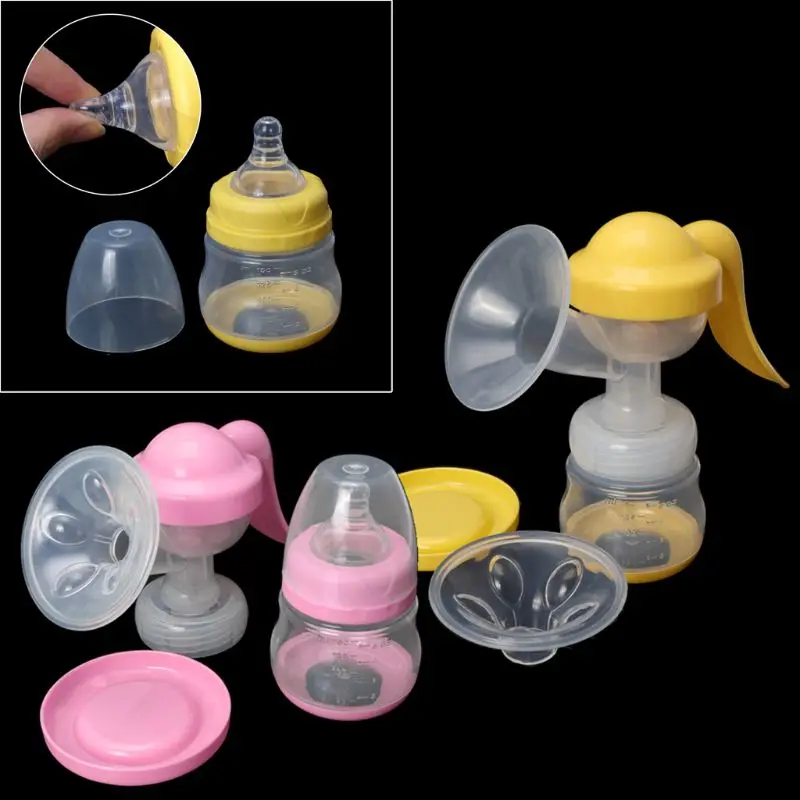Feeding scale for babies
Tips for the First Year
Eat, sleep, pee, poop, repeat. Those are the highlights in a day of the life of a brand new baby.
And if you’re a new parent, it’s the eating part that may be the source of many of your questions and worries. How many ounces should your baby take? Do you wake a sleeping baby to eat? Why do they seem hungry all the time? When can your child start solids?
Questions abound — and, despite Grandma’s insistence, the answers have changed since you were a tot. It’s now recommended that newborns, even formula-fed ones, eat on demand (consider it good preparation for the teenage years) and that babies wait to start solid foods until they’re 4 to 6 months old.
On day one of life, your baby’s stomach is the size of a marble and can only hold 1 to 1.4 teaspoons of liquid at a time. As your baby gets older, their stomach stretches and grows.
It’s hard (or impossible, really) to know how much milk your baby is taking in while breastfeeding. But if you’re bottle feeding due to any number of valid reasons, it’s a bit easier to measure.
Here, from the American Academy of Pediatrics (AAP), a typical feeding schedule for bottle-fed babies.
| Age | Ounces per feeding | Solid foods |
|---|---|---|
| Up to 2 weeks of life | .5 oz. in the first days, then 1–3 oz. | No |
| 2 weeks to 2 months | 2–4 oz. | No |
| 2–4 months | 4-6 oz. | No |
| 4–6 months | 4–8 oz. | Possibly, if your baby can hold their head up and is at least 13 pounds. But you don’t need to introduce solid foods yet. |
| 6–12 months | 8 oz. | Yes. Start with soft foods, like one-grain cereals and pureed vegetables, meats, and fruits, progressing to mashed and well-chopped finger foods. Give your baby one new food at a time. Continue supplementing with breast or formula feedings. |
Every baby is unique — but one thing that’s pretty consistent is that breastfed babies eat more frequently than bottle-fed ones. That’s because breast milk is easily digested and empties from the stomach a lot quicker than formula.
Breastfed babies
There’s no rest for the weary. According to La Leche League International, you should begin nursing your baby within 1 hour of birth and provide about 8 to 12 feedings daily in the first few weeks of life (yeah, we’re exhausted for you).
At first, it’s important not to let your baby go more than 4 hours without feeding. You’ll likely need to wake them up if necessary, at least until breastfeeding is well established and they’re gaining weight appropriately.
As your baby grows and your milk supply amps up, your baby will be able to take in more milk in less time at one feeding. That’s when you might start to notice a more predictable pattern.
- 1 to 3 months: Your baby will feed 7 to 9 times per 24 hours.

- 3 months: Feedings take place 6 to 8 times in 24 hours.
- 6 months: Your baby will feed around 6 times a day.
- 12 months: Nursing may drop to about 4 times a day. The introduction of solids at about 6 months helps to fuel your baby’s additional nutritional needs.
Keep in mind that this pattern is just one example. Different babies have different paces and preferences, along with other factors that influence the frequency of feedings.
Bottle-fed babies
Like breastfed babies, bottle-fed newborns should eat on demand. On average, that’s about every 2 to 3 hours. A typical feeding schedule may look like this:
- Newborn: every 2 to 3 hours
- At 2 months: every 3 to 4 hours
- At 4 to 6 months: every 4 to 5 hours
- At 6+ months: every 4 to 5 hours
For both breastfed and bottle-fed babies
- Don’t give liquids other than formula or breast milk to babies under a year old. That includes juices and cow’s milk.
 They don’t provide the right (if any) nutrients and can be upsetting to your baby’s tummy. Water can be introduced around 6 months when you start offering a cup.
They don’t provide the right (if any) nutrients and can be upsetting to your baby’s tummy. Water can be introduced around 6 months when you start offering a cup. - Don’t add baby cereal to a bottle.
- It can create a choking hazard.
- A baby’s digestive system isn’t mature enough to handle cereal until about 4 to 6 months of age.
- You could overfeed your baby.
- Don’t give your baby any form of honey until after their first birthday. Honey can be dangerous for a baby, occasionally causing what’s called infant botulism.
- Do adjust your expectations based on your baby and their unique needs. Premature babies are likely to follow feeding patterns according to their adjusted age. If your baby has challenges like reflux or failure to thrive, you may need to work with your doctor on the appropriate feeding schedule and amount they should be eating.
Schedules are the holy grail of every parent. Your child will naturally start to fall into a feeding pattern as their tummy grows and they can take in more breast milk or formula at one sitting.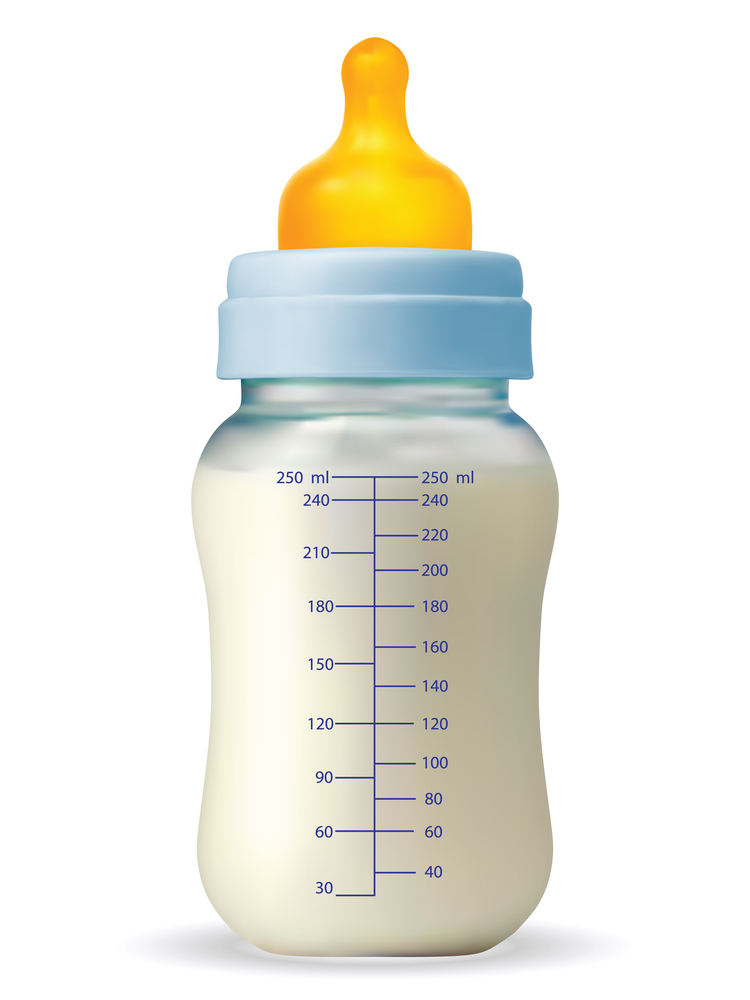 This may begin to happen between 2 and 4 months of age.
This may begin to happen between 2 and 4 months of age.
For now, though, focus on learning your baby’s hunger cues, such as:
- rooting around your chest, looking for a nipple.
- putting their fist in their mouth
- smacking or licking their lips
- fussing that can escalate quickly (don’t wait until your baby’s hangry to feed them)
Once your baby is a few months old, you may be able to introduce a sleep/feed schedule that works for you.
Let’s say, for example, your 4-month-old wakes every 5 hours for a feeding. That means if you feed at 9 p.m., your baby wakes around 2 a.m. But if you wake and feed the baby at 11 p.m., just before you go to bed, they may not rouse until 4 a.m., giving you a decent chunk of nighttime winks.
In general, if your baby seems hungry, feed them. Your baby will naturally eat more frequently during growth spurts, which typically occur around 3 weeks, 3 months, and 6 months of age.
Some babies will also “cluster feed,” meaning they’ll feed more frequently during certain periods and less at others.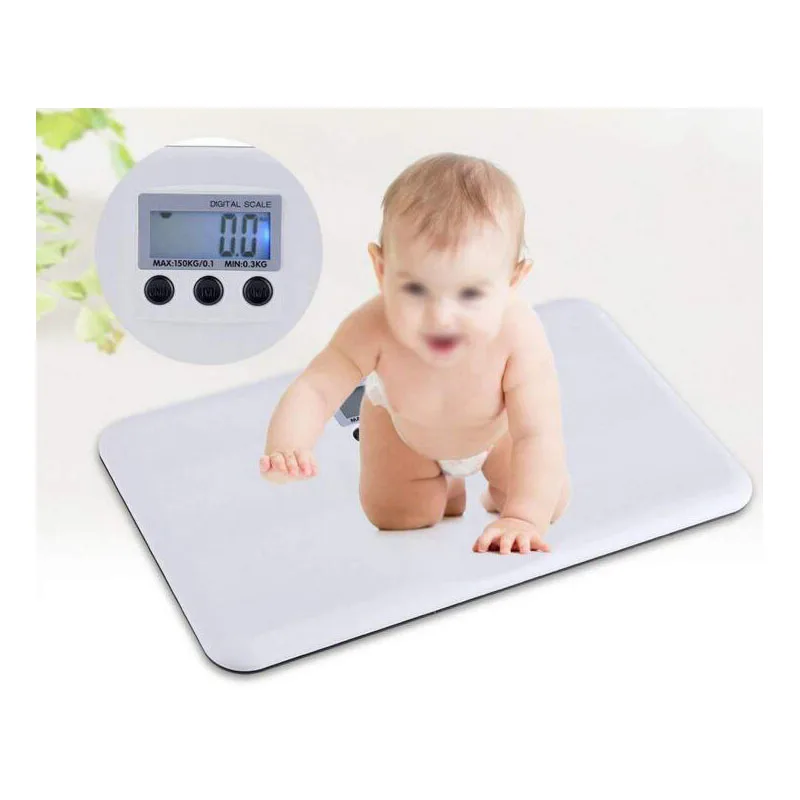 For example, your baby may cluster feed during the late afternoon and evening and then sleep longer at night (yay!). This is more common in breastfed babies than bottle fed babies.
For example, your baby may cluster feed during the late afternoon and evening and then sleep longer at night (yay!). This is more common in breastfed babies than bottle fed babies.
Worried about overfeeding? While this isn’t really possible to do with an exclusively breastfed baby, you can overfeed a baby who’s taking a bottle — especially if they’re sucking on the bottle for comfort. Follow their hunger cues, but talk to your pediatrician if you’re worried your little one may be overeating.
Your baby is probably ready for solids if they’re 4 to 6 months old and:
- have good head control
- seem interested in what you’re eating
- reach for food
- weigh 13 or more pounds
Which food to start with? The AAP now says it doesn’t really matter much in what order you introduce foods. The only real rule: Stick with one food for 3 to 5 days before offering another. If there’s an allergic reaction (rash, diarrhea, vomiting are common first signs), you’ll know which food is causing it.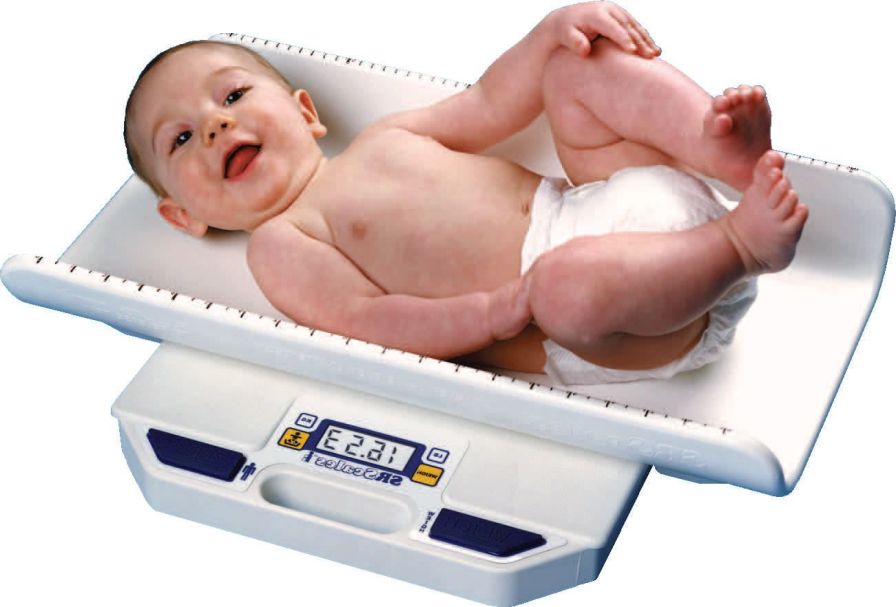
As your baby grows, move from pureed baby food to ones that have more texture (for example, mashed banana, scrambled egg, or well-cooked, chopped pasta). This generally happens around 8 to 10 months of age.
Your supermarket offers a variety of baby food products, but if you want to make your own, keep it sugar and salt free. Additionally, at this stage, don’t feed your baby anything that could be a choking hazard, including:
- hard foods, such as popcorn or nuts
- hard, fresh fruits, like apples; cook to soften or chop into very small pieces
- any meat that isn’t well cooked and very well chopped (this includes hot dogs)
- cheese cubes
- peanut butter (though talk to your pediatrician about this one — and the benefits of introducing diluted peanut butter before the age of 1)
As your baby nears their first birthday, they should be eating a variety of foods and taking in about 4 ounces of solids at each meal. Continue to offer breast milk or formula. By 8 months, babies are drinking about 30 ounces a day.
By 8 months, babies are drinking about 30 ounces a day.
Oh yeah, and buy some stock in a company that makes stain-fighting laundry detergent. It’ll pay for college.
Babies aren’t cookie cutter. Some will gain weight easily, while others will have problems. Things that can affect a baby’s weight gain include:
- having a birth defect like a cleft lip or palate, which creates problems feeding
- having a milk protein intolerance
- being premature
- being fed with a bottle versus the breast
A 2012 study of more than 1,800 babies found that the infants who were fed with a bottle — regardless of whether the bottle contained breast milk or formula — gained more weight in the first year than babies who nursed exclusively.
Your baby’s doctor is the best one to advise you on a healthy weight range for your baby.
How, when, and what to feed a baby are top worries of every parent — but there’s good news: Most babies are pretty good judges of when they’re hungry and when they’re full — and they’ll let you know it.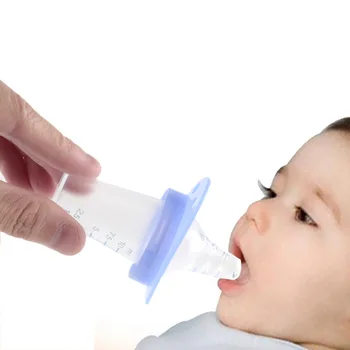
You just need to present them with the right choices at the right time and pay attention to their cues. If you have any questions or concerns, your pediatrician is there to help you along the way.
Tips for the First Year
Eat, sleep, pee, poop, repeat. Those are the highlights in a day of the life of a brand new baby.
And if you’re a new parent, it’s the eating part that may be the source of many of your questions and worries. How many ounces should your baby take? Do you wake a sleeping baby to eat? Why do they seem hungry all the time? When can your child start solids?
Questions abound — and, despite Grandma’s insistence, the answers have changed since you were a tot. It’s now recommended that newborns, even formula-fed ones, eat on demand (consider it good preparation for the teenage years) and that babies wait to start solid foods until they’re 4 to 6 months old.
On day one of life, your baby’s stomach is the size of a marble and can only hold 1 to 1.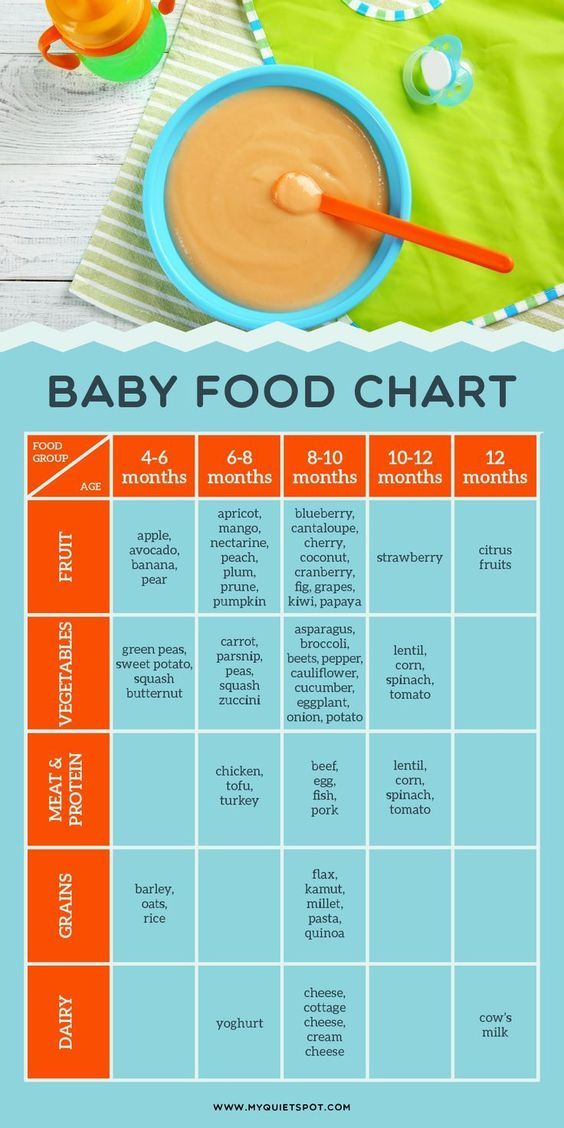 4 teaspoons of liquid at a time. As your baby gets older, their stomach stretches and grows.
4 teaspoons of liquid at a time. As your baby gets older, their stomach stretches and grows.
It’s hard (or impossible, really) to know how much milk your baby is taking in while breastfeeding. But if you’re bottle feeding due to any number of valid reasons, it’s a bit easier to measure.
Here, from the American Academy of Pediatrics (AAP), a typical feeding schedule for bottle-fed babies.
| Age | Ounces per feeding | Solid foods |
|---|---|---|
| Up to 2 weeks of life | .5 oz. in the first days, then 1–3 oz. | No |
| 2 weeks to 2 months | 2–4 oz. | No |
| 2–4 months | 4-6 oz. | No |
| 4–6 months | 4–8 oz. | Possibly, if your baby can hold their head up and is at least 13 pounds. But you don’t need to introduce solid foods yet. |
| 6–12 months | 8 oz. | Yes. Start with soft foods, like one-grain cereals and pureed vegetables, meats, and fruits, progressing to mashed and well-chopped finger foods. Give your baby one new food at a time. Continue supplementing with breast or formula feedings. Give your baby one new food at a time. Continue supplementing with breast or formula feedings. |
Every baby is unique — but one thing that’s pretty consistent is that breastfed babies eat more frequently than bottle-fed ones. That’s because breast milk is easily digested and empties from the stomach a lot quicker than formula.
Breastfed babies
There’s no rest for the weary. According to La Leche League International, you should begin nursing your baby within 1 hour of birth and provide about 8 to 12 feedings daily in the first few weeks of life (yeah, we’re exhausted for you).
At first, it’s important not to let your baby go more than 4 hours without feeding. You’ll likely need to wake them up if necessary, at least until breastfeeding is well established and they’re gaining weight appropriately.
As your baby grows and your milk supply amps up, your baby will be able to take in more milk in less time at one feeding. That’s when you might start to notice a more predictable pattern.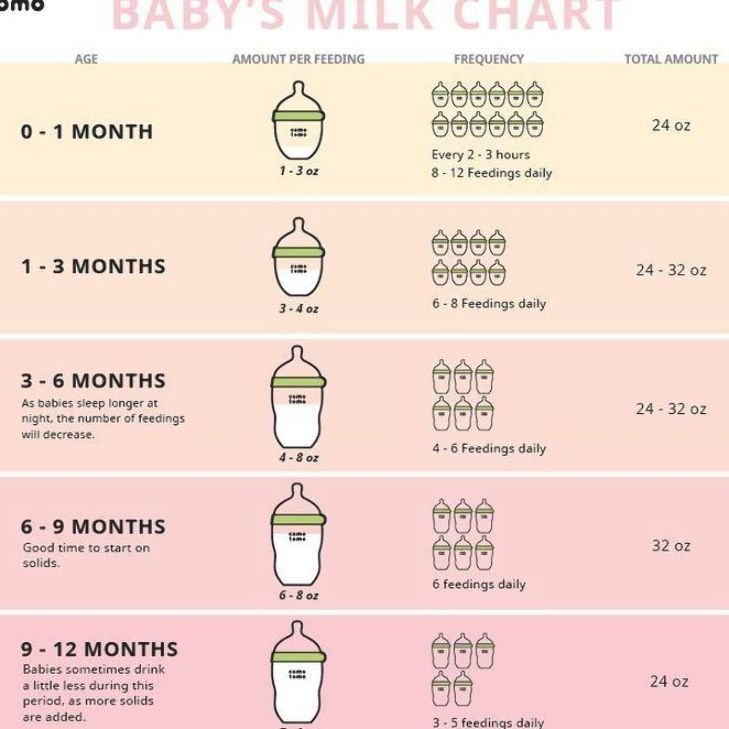
- 1 to 3 months: Your baby will feed 7 to 9 times per 24 hours.
- 3 months: Feedings take place 6 to 8 times in 24 hours.
- 6 months: Your baby will feed around 6 times a day.
- 12 months: Nursing may drop to about 4 times a day. The introduction of solids at about 6 months helps to fuel your baby’s additional nutritional needs.
Keep in mind that this pattern is just one example. Different babies have different paces and preferences, along with other factors that influence the frequency of feedings.
Bottle-fed babies
Like breastfed babies, bottle-fed newborns should eat on demand. On average, that’s about every 2 to 3 hours. A typical feeding schedule may look like this:
- Newborn: every 2 to 3 hours
- At 2 months: every 3 to 4 hours
- At 4 to 6 months: every 4 to 5 hours
- At 6+ months: every 4 to 5 hours
For both breastfed and bottle-fed babies
- Don’t give liquids other than formula or breast milk to babies under a year old.
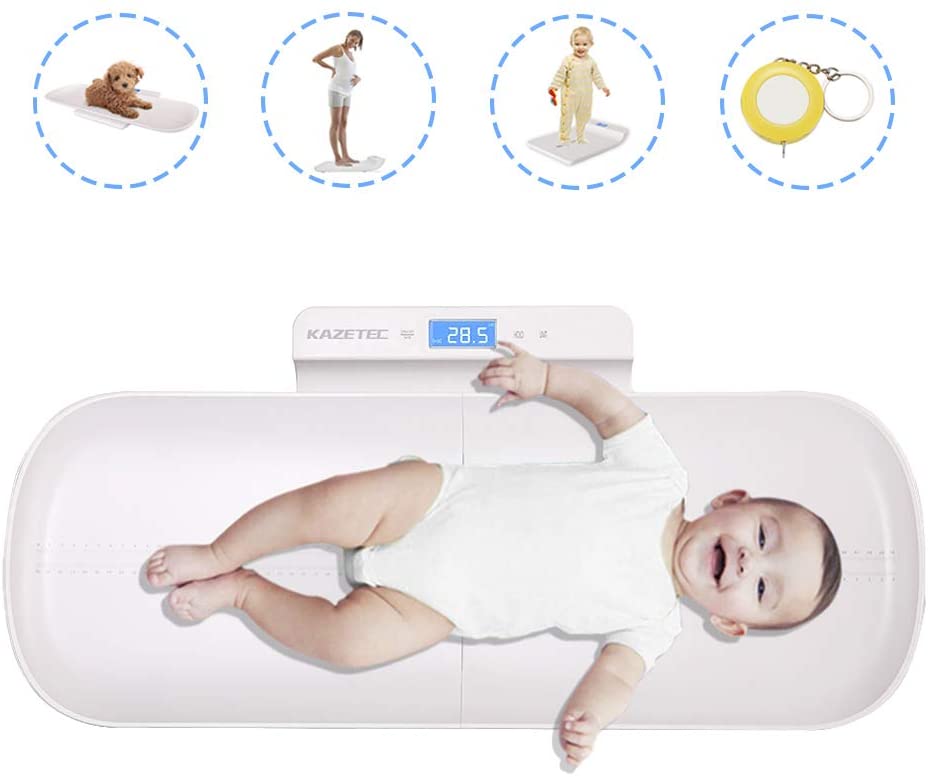 That includes juices and cow’s milk. They don’t provide the right (if any) nutrients and can be upsetting to your baby’s tummy. Water can be introduced around 6 months when you start offering a cup.
That includes juices and cow’s milk. They don’t provide the right (if any) nutrients and can be upsetting to your baby’s tummy. Water can be introduced around 6 months when you start offering a cup. - Don’t add baby cereal to a bottle.
- It can create a choking hazard.
- A baby’s digestive system isn’t mature enough to handle cereal until about 4 to 6 months of age.
- You could overfeed your baby.
- Don’t give your baby any form of honey until after their first birthday. Honey can be dangerous for a baby, occasionally causing what’s called infant botulism.
- Do adjust your expectations based on your baby and their unique needs. Premature babies are likely to follow feeding patterns according to their adjusted age. If your baby has challenges like reflux or failure to thrive, you may need to work with your doctor on the appropriate feeding schedule and amount they should be eating.
Schedules are the holy grail of every parent. Your child will naturally start to fall into a feeding pattern as their tummy grows and they can take in more breast milk or formula at one sitting. This may begin to happen between 2 and 4 months of age.
This may begin to happen between 2 and 4 months of age.
For now, though, focus on learning your baby’s hunger cues, such as:
- rooting around your chest, looking for a nipple.
- putting their fist in their mouth
- smacking or licking their lips
- fussing that can escalate quickly (don’t wait until your baby’s hangry to feed them)
Once your baby is a few months old, you may be able to introduce a sleep/feed schedule that works for you.
Let’s say, for example, your 4-month-old wakes every 5 hours for a feeding. That means if you feed at 9 p.m., your baby wakes around 2 a.m. But if you wake and feed the baby at 11 p.m., just before you go to bed, they may not rouse until 4 a.m., giving you a decent chunk of nighttime winks.
In general, if your baby seems hungry, feed them. Your baby will naturally eat more frequently during growth spurts, which typically occur around 3 weeks, 3 months, and 6 months of age.
Some babies will also “cluster feed,” meaning they’ll feed more frequently during certain periods and less at others. For example, your baby may cluster feed during the late afternoon and evening and then sleep longer at night (yay!). This is more common in breastfed babies than bottle fed babies.
For example, your baby may cluster feed during the late afternoon and evening and then sleep longer at night (yay!). This is more common in breastfed babies than bottle fed babies.
Worried about overfeeding? While this isn’t really possible to do with an exclusively breastfed baby, you can overfeed a baby who’s taking a bottle — especially if they’re sucking on the bottle for comfort. Follow their hunger cues, but talk to your pediatrician if you’re worried your little one may be overeating.
Your baby is probably ready for solids if they’re 4 to 6 months old and:
- have good head control
- seem interested in what you’re eating
- reach for food
- weigh 13 or more pounds
Which food to start with? The AAP now says it doesn’t really matter much in what order you introduce foods. The only real rule: Stick with one food for 3 to 5 days before offering another. If there’s an allergic reaction (rash, diarrhea, vomiting are common first signs), you’ll know which food is causing it.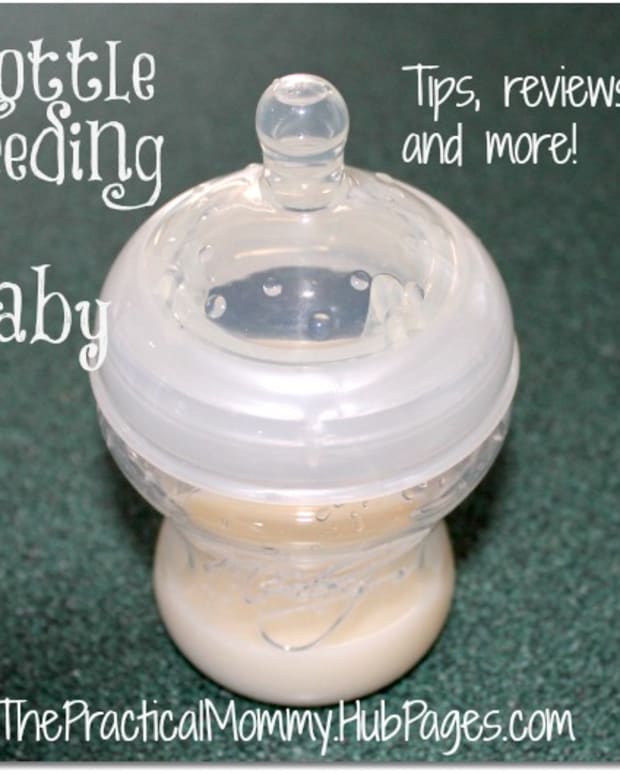
As your baby grows, move from pureed baby food to ones that have more texture (for example, mashed banana, scrambled egg, or well-cooked, chopped pasta). This generally happens around 8 to 10 months of age.
Your supermarket offers a variety of baby food products, but if you want to make your own, keep it sugar and salt free. Additionally, at this stage, don’t feed your baby anything that could be a choking hazard, including:
- hard foods, such as popcorn or nuts
- hard, fresh fruits, like apples; cook to soften or chop into very small pieces
- any meat that isn’t well cooked and very well chopped (this includes hot dogs)
- cheese cubes
- peanut butter (though talk to your pediatrician about this one — and the benefits of introducing diluted peanut butter before the age of 1)
As your baby nears their first birthday, they should be eating a variety of foods and taking in about 4 ounces of solids at each meal. Continue to offer breast milk or formula.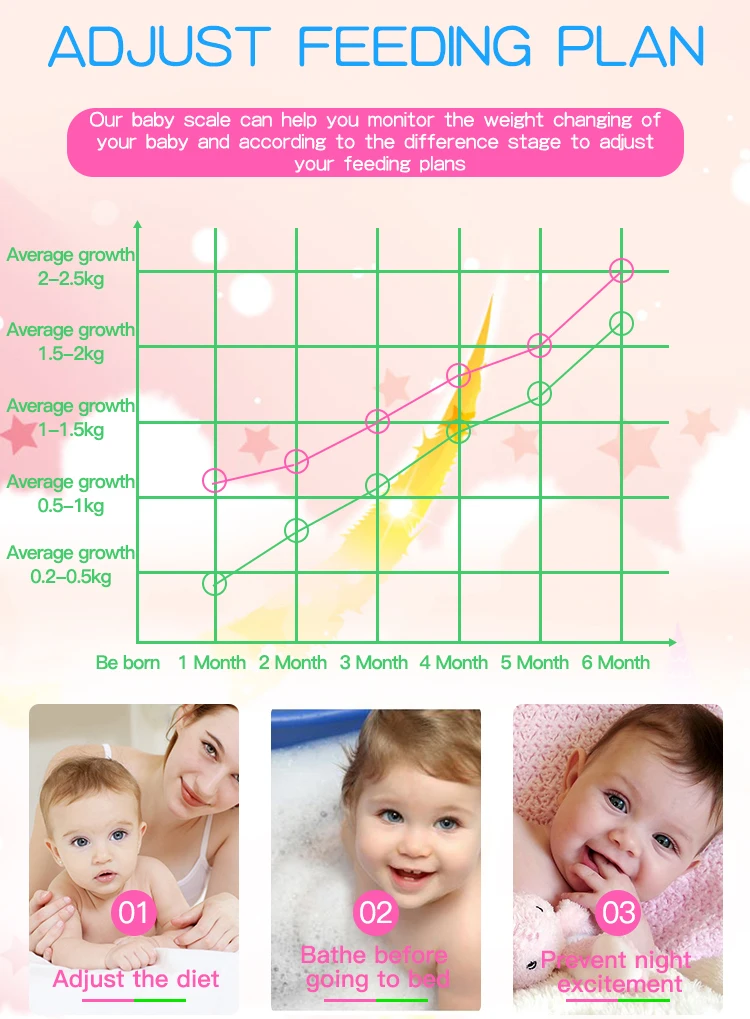 By 8 months, babies are drinking about 30 ounces a day.
By 8 months, babies are drinking about 30 ounces a day.
Oh yeah, and buy some stock in a company that makes stain-fighting laundry detergent. It’ll pay for college.
Babies aren’t cookie cutter. Some will gain weight easily, while others will have problems. Things that can affect a baby’s weight gain include:
- having a birth defect like a cleft lip or palate, which creates problems feeding
- having a milk protein intolerance
- being premature
- being fed with a bottle versus the breast
A 2012 study of more than 1,800 babies found that the infants who were fed with a bottle — regardless of whether the bottle contained breast milk or formula — gained more weight in the first year than babies who nursed exclusively.
Your baby’s doctor is the best one to advise you on a healthy weight range for your baby.
How, when, and what to feed a baby are top worries of every parent — but there’s good news: Most babies are pretty good judges of when they’re hungry and when they’re full — and they’ll let you know it.
You just need to present them with the right choices at the right time and pay attention to their cues. If you have any questions or concerns, your pediatrician is there to help you along the way.
374 - Seca Infant Scale
- Description
- Documentation
- Store Reviews (2252) nine0003 Our clients
SECA-374 baby scales are designed for weighing newborn babies and monitoring their weight gain. They have a deep, safe and child-friendly weight bowl in the form of a cradle. SECA-374 scales measure the baby's weight with high accuracy (error not more than 0.3%). They also have an automatic weight gain detection mode, convenient for breastfeeding control. The weighing results are displayed on a bright display with large numbers and are clearly visible from any angle of view, in any light. nine0015
The weighing results are displayed on a bright display with large numbers and are clearly visible from any angle of view, in any light. nine0015
The main feature of the SECA-374 baby scale is the ability to wirelessly transfer weighing results to a remote printer (SECA-466, SECA-465) or computer (with a SECA wireless adapter and special software). Weighing data can be printed out along with the date and time of the measurement. It is convenient to attach such a printout to a medical record later. Weighing results can also be stored on a computer, collecting statistics on the weight gain of a large number of children. In the future, such statistics will help the pediatrician draw conclusions about the development of his little patients. nine0015
SECA-374 scales are intended for use in children's medical centers, clinics, rehabilitation and health institutions, as well as development centers, nurseries. The use of the SECA-374 scale is an opportunity to keep up with the times, using the latest technologies to ensure the comfort of children, their parents and doctors.
Medical scales of the SECA brand are not subject to VAT and can be verified (the cost of verification is not included in the price of the scales).
Seca-374 baby scale features:
- The stabilization function allows you to accurately determine the weight of a moving child.
- "Hold" function (can be activated manually or automatically): The weight reading is held on the display until the balance is switched off.
- The tare compensation mode allows you to ignore the weight of the diaper, diaper, baby clothes.
- Automatic determination of the difference between two weighings allows you to measure the amount of breast milk eaten by the baby in one feeding. nine0004
- The balance switches off automatically if it has not been used for one minute.
- Sound indication of button presses and measurement process (can be disabled).
- Overload indication.
- Low battery indication.
- Easy cleaning and disinfection of scales.

- Height-adjustable feet help keep the balance perfectly horizontal.
Options:
- The SECA-374 balance can be used with the SECA-417 mobile height meter. nine0004
- SECA-466, SECA-465 printers with 360° Wireless.
- SECA "Analytics-105" software.
- USB adapter for wireless communication with SECA-456 computer.
- SECA-418 leg and head supports.
- SECA-447 network adapter.
Specifications:
| Maximum weight limit | 20 kg | |
| Scale division | 0 to 10kg - 5g 10 to 20kg - 10g | |
| Accuracy class | III (medium) | |
| Display type | LCD, digit height 21 mm | |
| Power supply | with 6 AA batteries | |
| Operating temperature range | +10°C to +40°C | |
| Balance dimensions | 620x190x358 mm | |
| Weight | 3. 6 kg 6 kg | |
| Warranty | 2 years | |
Manuals
- PDF SECA 374 User Manual
Certificates
- PDF Description of the type of SECA measuring instrument nine0011
- First: is the measuring step.
- Second: ease of use.
- Third: buy or rent.
After 04/18/22, Yandex Market closed the ability to collect feedback on the work of companies on their site.
Now there are only reviews for orders shipped through their Marketplace.
Therefore, from 07/07/2022, we are transferring the collection of reviews to YandexMaps.
Cheap scales.rf on the map of Moscow — Yandex Maps
Reviews of our store left on the Yandex market
Read all reviews on Yandex Market nine0080 98% of customers would buy here again
Baby scale.
 Everything parents need to know
Everything parents need to know
This name usually means electronic scales for weighing newborns, which you can either buy or rent in Kyiv. The range of online stores for baby weights cannot be called very wide.
But, the point is that depending on what kind of cradle will be on the scales for the child or what color of the buttons on the panel, the meaning of this essential item for the newborn does not change: baby scales will weigh a child up to 15-20 kg, and with a measurement step of 1-10 g . With such discreteness, only kitchen scales are weighed in everyday life, but here's the annoyance, we can't put a newborn on the small bowls of these scales. Just like weighing it accurately on a floor scale. Just because on a regular floor scale, the measurement step is usually 100 g. But parents definitely need to know the important numbers about how a child is gaining weight. Because the weight gain of a newborn is one of the most important indicators of his health and development.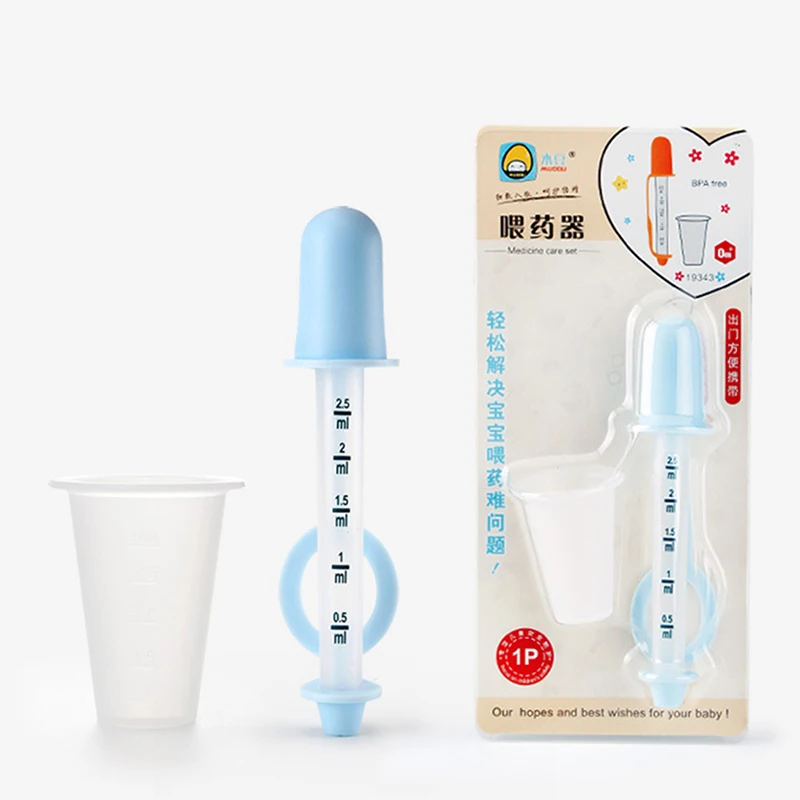 nine0015
nine0015
When we find out at the maternity hospital or from the local doctor that we need electronic scales for weighing a newborn, we go to pharmacies and shops in search of such scales, trying to understand along the way what kind of scales are needed for the baby?
You know, the choice here is actually much easier than choosing a mobile phone or TV. There are a bunch of technical characteristics - until you figure it all out!
Among children's electronic scales, there is nothing special to deal with. nine0014
So, scales with measuring step 10g. This means that on the display you will see the weight of the child, for example, 3kg 520g or 530g. They won't show you 536g for example. They will round everything up to ten grams. When the baby moves on the scales, then such scales will show you with an accuracy of + - 10 g. They can show + -20 g if the little one is fidgeting very actively there. nine0015
They can show + -20 g if the little one is fidgeting very actively there. nine0015
Balances with 5g increments will round the numbers to the nearest 5g. It happens that up to 10 g.
But scales with a measurement step of 1 g are no longer ordinary household scales for newborns. This is professional medical equipment. And they cost the same as professional equipment costs - i.e. much higher.
If the smallest numbers of how much a child ate from the breast for feeding are very important for you in order to calculate how much to feed him with milk formula, then on the Sasha scales - this is the name of the model with a measurement step of 1 g, you can see the most accurate numbers . There are no other models with a resolution of 1 g in Ukraine. nine0015
And if there is, then this is Japanese equipment, which is 4 times more expensive than these scales.
Such scales should definitely be taken for premature babies with low weight or if you understand that the child is losing weight, not gaining weight and you need to know the exact numbers in order to understand the real picture.
Ease of use. The main points here are the automatic fixation of the weight during the weighing of children and whether the scale shows a difference with the previous weighing. Or you will need to write it down on paper each time and then calculate it on a calculator. At our rental, absolutely all models of scales are presented with these functions. So the weighing process will be as simple and convenient as possible. nine0015
Buy or rent. Here the opinions of many parents differ, but after 10 years of our rental, we also have our own opinion :)
The most accurate scales are definitely worth renting, because. no one has ever paid as much money for rent as these scales cost. And scales with a measurement step of 5 or 10 g - see for yourself. If you have a first-born and you intend to have more than one child, then perhaps a baby scale is worth buying. If you don’t bother with doctors, clinics at all, don’t create sterile living conditions, it becomes bad - you go for control feedings to the same clinic - then everything will be fine with you anyway. nine0015
nine0015
If you don't want to deal with the consequences of weight loss, but just want to prevent such a situation - rent a baby scale. The usual time is 2-4 months. It's definitely better than buying. True, there is another category of parents who are so used to constant weight control that after a year they cannot part with the scales. So, dear mothers, yes, these are mothers :) if you suspect in a month or two of renting scales that you will need children's scales for a long time - urgently return them to us and buy your own. In this case, paying for two months of rental, and then buying them will still be more profitable than paying for a year and a half to rent scales. nine0015
And finally, our statistics. In 80% of cases, renting scales is more profitable than buying them.
Here's what you can't say about a child car seat, for example. But we do not advise anyone to rent a category of 9-18 kg, unless you come to Kyiv with a small child.